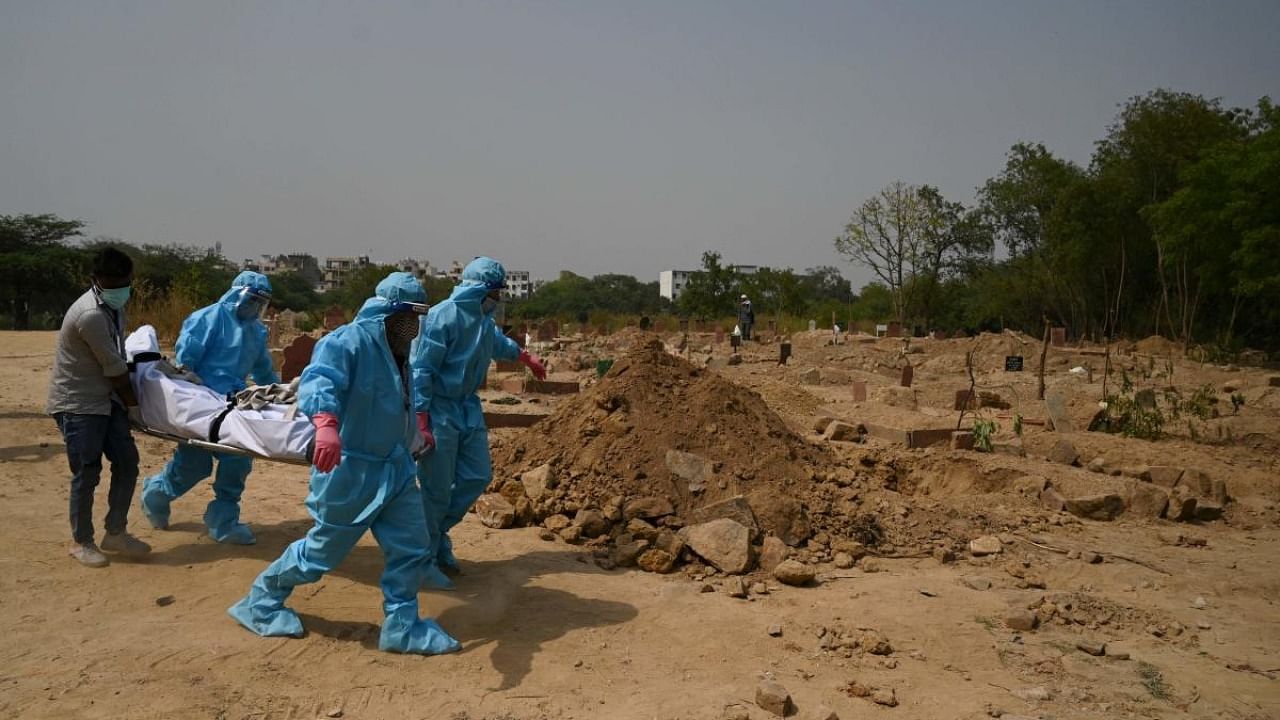
The Case Fatality Rate (CFR) for Covid-19 infections has escalated by 50 per cent in the last three weeks – much higher than anticipated, according to a study by Organised Medicine Academic Guild (OMAG), an umbrella organization of professional medical associations of post-graduate doctors.
For the worst-affected state of Maharashtra, it has increased by 44 per cent in the last two weeks.
The CFR is calculated as the number of deaths occurring from the number of infections recorded two week prior.
“The most important goal at our hand is the efficient mitigation in all the states that were hitherto considered docile and suddenly become hot with Covid cases growing 50 to 300 times in the past seven weeks,” said Dr Ishwar Gilada, the Secretary General, OMAG.
“Subsequent surges can come, as seen in several countries of Europe. India being a vast country, some states may have different peaks. We cannot loosen our guards. Mask remains the most important tool and prevents infections from any of the variants and mutants of the Coronavirus, and the next being the vaccine,” he added.
The current strains of the Coronavirus including double mutants or triple mutants namely - E484Q, L452R, B 1.617, B 1.618 and the UK variant B 1.1.7 are highly infectious but less virulent and less lethal.
Also read: Covid-19 FAQs: Everything you need know
“We believed that like the cases during the first wave, 85 per cent are asymptomatic or mild symptomatic. Then seeing proportionately high number of infected coming out with symptoms, we deleted the
terminology ‘asymptomatic’ and started saying these strains are more infectious and more virulent but less lethal with 85 per cent of the patients being mild symptomatic. Soon we realized that a higher number of infected people were becoming hypoxic, requiring oxygen support, but continued saying CSR is low around 0.7 per cent,” he said.
According to him, doctors and experts believed that as a lot of senior citizens and people with comorbidities have been vaccinated, that could be contributing to less number of deaths in the current wave.
Analysis of data of infections during the last six weeks and Covid deaths during the last four weeks is revealing and shocking.
“Our initial euphoria based on all those analogies was short-lived. What it shows is that the CFR in India has escalated from 1.2 per cent from the first week of April to 1.8 per cent in the last week of April, a jump of staggering 50 per cent. Similarly, though almost at peak of the second wave, Maharashtra’s CFR has jumped by 30 per cent in three weeks from 1 per cent to 1.3 per cent and more shockingly 44 per cent in the last two weeks, from 0.9 per cent to 1.3 per cent till yesterday,” Dr Gilada in a press statement.
However, in these analyses mere viruses cannot be blamed for increased mortality leading to higher CFR in the current wave. “There could be a sizable contribution by the deaths occurring for want of getting timely medical care including the allocation of bed, Oxygen support, ICU and ventilators etc. What we are analysing and discussing are only official recorded deaths and not those who have died before reaching the healthcare facilities,” he added.